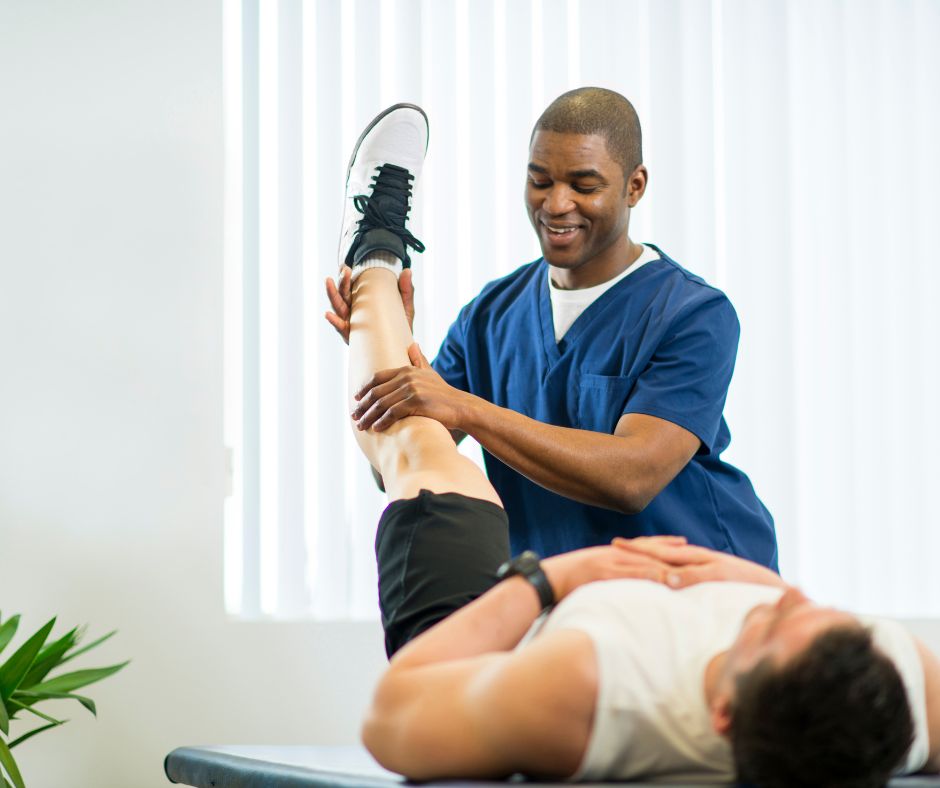One of the main methods used to reduce breathing difficulties in physical therapy is the application of controlled breathing exercises. These exercises often concentrate on abdominal breathing, which promotes patients to use their diaphragm rather than their upper chest muscles when breathing in. This approach helps to maximize lung capacity and effectiveness. Additionally, pursed lip breathing is another technique that can be beneficial. This method involves breathing in through the nose and breathing out slowly through pursed lips, which can help to keep airways clear longer and make breathing feel easier. By incorporating these activities into therapy sessions, physical therapists can provide patients with tools to manage their dyspnea both during and beyond of their appointments.
Another important element of managing breathing difficulties in physical therapy is the development of an personalized exercise program. Customizing exercises to meet the individual needs and capabilities of each patient is crucial. Therapists should gradually integrate aerobic exercises, such as walking or cycling, in a structured manner, allowing patients to build their endurance over a period. Go Here This incremental method helps patients to feel more at ease with physical activity while simultaneously improving their lung capability and overall stamina. It is important for therapists to observe patients closely during these activities to ensure they are not overexerting themselves, which could lead to increased difficulty of breath.
Teaching also plays a major role in alleviating breathing difficulties during physical therapy appointments. Providing patients with knowledge about their ailment and the factors behind dyspnea can empower them to take control of their health. Therapists can describe how elements like anxiety, posture, and surrounding conditions can influence breathing. By understanding these concepts, patients can discover to control their symptoms more efficiently. Techniques such as stress reduction methods and proper body posture can further assist in reducing the impact of breathing difficulties during routine activities and therapy appointments.
In conclusion, successfully reducing breathing difficulties in physical therapy appointments involves a combination of breathing activities, individualized exercise programs, and patient education. By applying these efficient approaches, physical therapists can help patients control their respiratory difficulties and improve their overall well-being. Working together between therapists and patients is essential to create tailored interventions that meet individual needs. With the right support and techniques, patients can find comfort from breathing difficulties and participate more fully in their physical therapy journey, eventually leading to a better quality of life.
